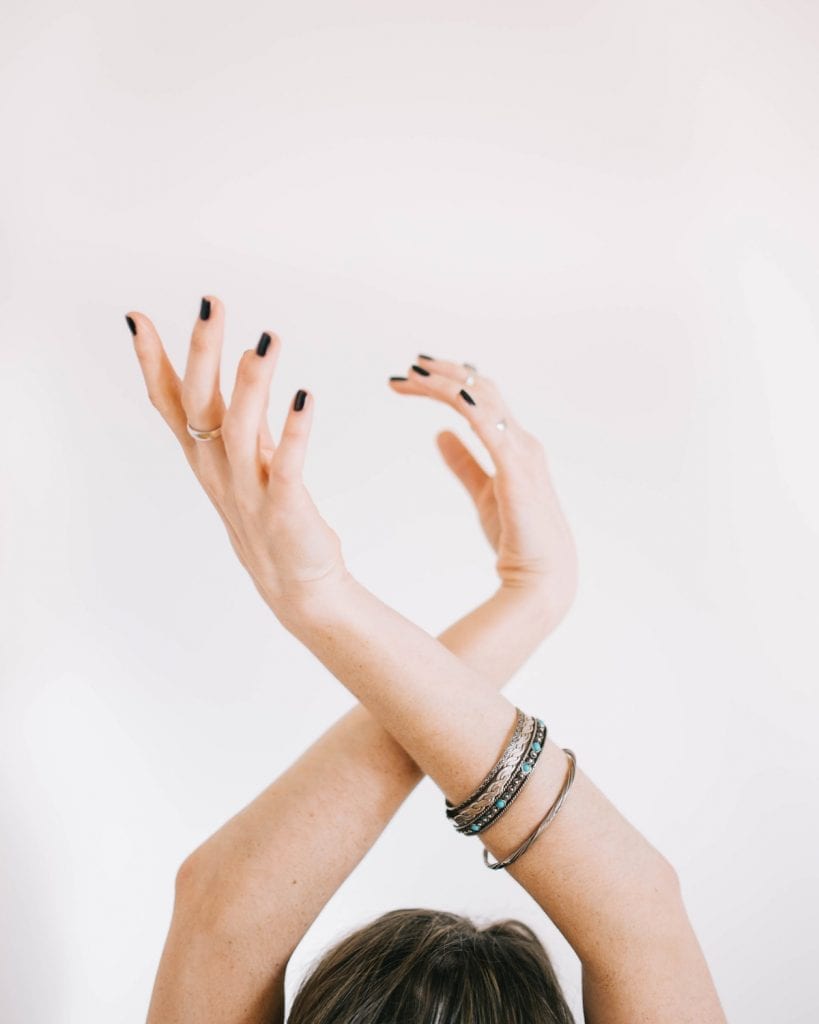Restorative yoga is characterised by holding four to six main postures for an extended amount of time. The purpose behind these extended holds is to release greater amounts of tension, primarily held around our major joints. Let’s take a look at what to expect from restorative yoga both on and off the mat.

Over time, the practitioner will be able to move even deeper into these postures, resulting in even less overall tension in the body’s muscles and stronger muscles around the major joints. If you have yet to try a restorative yoga practice, it’s the perfect class for a beginner to yoga, for all-ages of practitioners, and even for the most athletic. These simple routines can remind the most all yoga practitioners how important it is to always start with the basics.
Restorative Yoga For Beginners
When you begin with Restorative Yoga, you will realise just how tense you are and in just how many (so many) muscles the body can hold stress. If you struggle with any muscle tension, headaches, and muscular injuries, then you would benefit from trying Restorative Yoga. These long holds in stress-releasing postures are not just designed to release tension throughout the body, but also help to remove toxins within the body. You can imagine that an hour-long restorative yoga class would be the equivalent of a sixty-minute massage, in that you should drink a lot of water afterward to replenish your body’s tissues.
Create A Moment For Meditation
Restorative Yoga is the best kind of yoga for meditation. If you are comfortable with meditation, or taking your practice inward as you flow the postures, then you’ll have plenty of time to reflect in these long holds. If meditation is something you struggle with, then Restorative Yoga will feel help you feel more comfortable with your thoughts “in time.” Many postures, such as pigeon pose, can be held for up to seven minutes, on each side; that’s nearly fifteen minutes spent in just one Asana.
Listen To Your Body
Besides having the time to address your thoughts, these postures will teach you how to listen to your body. If these postures are new, they may be painful or you may just wonder if it’s “supposed” to feel this way. A good instructor will explain what the posture is designed to do, such as releasing tension in the shoulders or the lower back. You may hear “open your hips” often, but put simply, an “open your hips” posture will release tension in the hips; for instance, the pigeon pose will “open your hips.” If something doesn’t feel good, move around until it feels right. Nothing should ever hurt, and as you practice more and more, you’ll begin to recognise how it’s “supposed” to feel.
Grow Your Gratitude
While thinking about the different components of your anatomy, you may find a new form of gratitude for what your body does for you every day. Yoga is very much a mind and body activity, because it helps you move inward while in movement. Many forms of yoga are strength-building and can require more physical exertion, and though you will not encounter the planks, lunges, or arm balances in a Restorative Yoga class, that does not make it any less vigorous. These types of postures, and the amount of time spent in them, will remind the practitioner of the body’s need to rest and heal regularly.
It’s seems as though there is no better time in the world than right now to practice Restorative Yoga, whether or not it is familiar to you.
Even a brief session of, Shavasana, or Corpse Pose, can align the spine, significantly relax the neck and shoulders, and encourage a more peaceful state of mind. In a time of year that is representative of change, Restorative Yoga will change the body and the mind in the best way.
Photography by Brooke Cagle




